Rediscover Your Vitality Affordably with Anti Aging Stem Cell in India
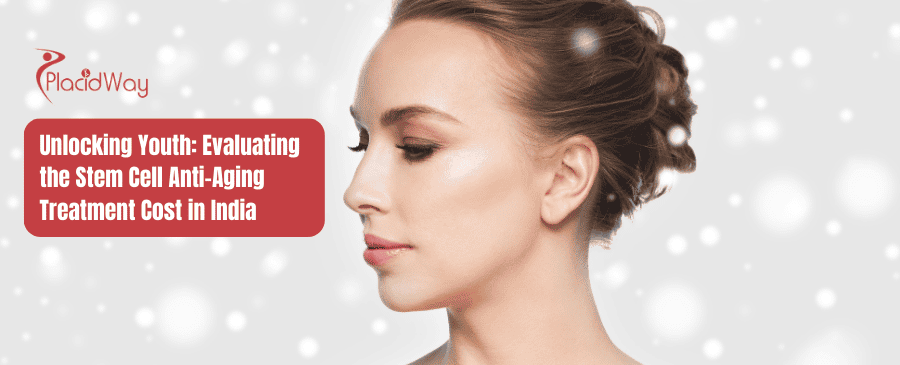
The quest for graceful aging and rejuvenation has led many to explore advanced medical interventions. Among these, anti-aging stem cell therapy stands out as a promising field. India has emerged as a significant hub for such treatments, attracting patients globally due to its blend of advanced medical facilities, experienced professionals, and comparatively lower costs. This blog post will delve into the various aspects of anti-aging stem cell therapy in India, addressing common questions about its cost, benefits, and the overall process. We aim to provide clear, concise answers followed by detailed explanations to help you make informed decisions about this innovative treatment.
How much does anti-aging stem cell therapy cost in India?
"Anti-aging stem cell therapy in India typically ranges from ?2,00,000 to ?7,00,000 (approximately $2,500 to $9,000 USD), depending on the type of stem cells used, the number of sessions, the clinic's reputation, and included services."
The cost of anti-aging stem cell therapy in India is a significant factor for many individuals considering this treatment. It's generally more affordable compared to Western countries like the USA or Europe, while still offering high-quality medical care. The price can fluctuate based on several elements. For instance, the specific type of stem cells (e.g., mesenchymal stem cells from adipose tissue or bone marrow) and the extent of their processing and expansion in a lab can influence the total cost. Furthermore, the number of treatment sessions required, which varies based on individual needs and the desired outcomes, will directly impact the final expenditure. Clinics with advanced facilities, internationally trained doctors, and comprehensive post-therapy care may have higher pricing, reflecting their expertise and infrastructure.
What factors influence the cost of anti-aging stem cell therapy in India?
"The cost of anti-aging stem cell therapy in India is influenced by the type of stem cells, their source, the number of sessions, the clinic's expertise and facilities, the city where the treatment is performed, and additional services like diagnostics and post-therapy care."
Breaking down the factors, the choice between autologous (from the patient's own body) or allogeneic (from a donor) stem cells can affect the price, with autologous procedures often being less complex in terms of donor matching but still requiring harvesting. The source of the stem cells, whether from bone marrow, adipose (fat) tissue, or umbilical cord blood, also plays a role in the harvesting and processing costs. A comprehensive treatment plan for anti-aging often involves multiple sessions spaced out over time, each adding to the overall expense. The reputation and accreditation of the clinic, the technology used for cell processing, and the medical team's experience contribute to the service cost. Additionally, living costs and operational expenses vary from city to city in India, with metropolitan areas like Delhi or Mumbai potentially having slightly higher prices than smaller cities. Pre-treatment consultations, diagnostic tests (like blood tests or imaging), stem cell harvesting, processing, injection, and post-therapy follow-up are all components that contribute to the total cost.
What are the benefits of anti-aging stem cell therapy?
"Anti-aging stem cell therapy aims to regenerate damaged tissues, improve skin elasticity, boost energy levels, enhance cognitive function, reduce inflammation, and overall rejuvenate the body at a cellular level."
The potential benefits of anti-aging stem cell therapy are wide-ranging and extend beyond just cosmetic improvements. Stem cells, with their unique ability to differentiate into various cell types and promote tissue repair, can address the underlying cellular and molecular changes associated with aging. This can lead to visible improvements in skin quality, such as reduced wrinkles and improved texture, by stimulating collagen production. Internally, patients often report increased vitality and energy levels, better sleep patterns, and enhanced physical performance. The therapy may also support improved organ function, strengthen the immune system, and reduce chronic inflammation, which is a key contributor to many age-related diseases. By repairing and replacing damaged cells, stem cell therapy offers a holistic approach to counteracting the effects of aging, potentially leading to a better quality of life.
Is anti-aging stem cell therapy safe in India?
"When performed in accredited clinics following established national guidelines and ethical protocols, anti-aging stem cell therapy in India is generally considered safe, although it's crucial to choose a reputable provider and understand that many treatments are still considered investigational."
The safety of stem cell therapy in India is a common concern, especially given the rapid growth of the medical tourism sector. India has indeed made strides in regulating stem cell research and applications. The Indian Council of Medical Research (ICMR) and the Central Drugs Standard Control Organization (CDSCO) have established guidelines to ensure ethical and scientific practices. However, it's vital for patients to be discerning and select clinics that are government-registered, adhere to strict quality control standards, and have experienced medical professionals. Reputable clinics will use minimally manipulated, autologous mesenchymal stem cells, which carry a lower risk of immune rejection and abnormal cell growth compared to other types. Potential side effects are generally mild and temporary, such as localized pain or swelling at the injection site, or a transient fever. The key to safety lies in choosing transparent clinics that prioritize patient well-being and provide comprehensive information about the procedure, including any potential risks.
What type of stem cells are typically used for anti-aging?
"For anti-aging stem cell therapy, mesenchymal stem cells (MSCs), primarily sourced from adipose (fat) tissue or bone marrow, are most commonly used due to their regenerative and immunomodulatory properties."
Mesenchymal Stem Cells (MSCs) are highly favored in anti-aging treatments. These adult stem cells are multipotent, meaning they can differentiate into various cell types, including bone, cartilage, muscle, and fat cells. Beyond their differentiation capabilities, MSCs are also known for their paracrine signaling effects, where they secrete growth factors, cytokines, and other molecules that promote tissue repair, reduce inflammation, and modulate the immune system. Adipose tissue is a popular source for MSCs because it's relatively easy to harvest in large quantities with a minimally invasive procedure (like liposuction), and it yields a high concentration of viable cells. Bone marrow is another established source, though its harvesting is slightly more invasive. The choice of source often depends on the individual patient's condition, the clinic's expertise, and the specific anti-aging goals.
How is anti-aging stem cell therapy administered?
"Anti-aging stem cell therapy can be administered through various methods, including intravenous (IV) infusions for systemic effects and localized injections directly into specific areas like the face, joints, or organs."
The method of administration for anti-aging stem cell therapy is tailored to the individual's needs and the target areas for rejuvenation. For a comprehensive, systemic anti-aging effect that aims to improve overall vitality and target various organs and tissues, intravenous (IV) infusion is a common approach. This allows the stem cells to circulate throughout the bloodstream and home in on areas of damage or inflammation. For localized anti-aging effects, such as improving skin appearance, treating joint pain, or targeting specific organs, direct injections are utilized. For example, stem cells might be injected into the face for skin rejuvenation or into arthritic joints to reduce pain and promote cartilage repair. The specific administration method will be determined by the treating physician based on a thorough assessment of the patient's condition and desired outcomes.
How many sessions of anti-aging stem cell therapy are typically needed?
"The number of anti-aging stem cell therapy sessions required typically ranges from 1 to 3 sessions, though this can vary significantly based on the individual's age, health condition, and the desired extent of rejuvenation."
There isn't a one-size-fits-all answer to the number of sessions for anti-aging stem cell therapy. The treatment plan is highly individualized. Factors such as the severity of age-related issues, the patient's overall health, and their response to initial treatments play a crucial role. Some individuals might experience noticeable benefits after a single session, while others may require multiple sessions spaced out over several months to achieve optimal results. For instance, someone seeking general revitalization might need fewer sessions than someone addressing specific concerns like significant skin damage or chronic inflammatory conditions. A reputable clinic will conduct a thorough initial assessment and discuss a personalized treatment plan, including the estimated number of sessions and the rationale behind it.
What is the recovery time after anti-aging stem cell therapy?
"The recovery time after anti-aging stem cell therapy is generally minimal, with most patients resuming normal activities within 24 to 48 hours, though mild local discomfort or fatigue may persist for a few days."
One of the appealing aspects of anti-aging stem cell therapy is its typically short recovery period. Since the procedures for harvesting (e.g., mini-liposuction for fat or bone marrow aspiration) and administering stem cells are often minimally invasive, patients usually experience little downtime. Immediately after the procedure, some individuals might feel slight soreness or bruising at the site of stem cell harvesting or injection. Mild fatigue or flu-like symptoms can also occur, but these are usually temporary and resolve within a day or two. Patients are generally advised to avoid strenuous activities for a short period, but most can return to their regular daily routines very quickly. The full regenerative effects, however, will unfold over several weeks to months as the stem cells integrate and work within the body.
What are the potential side effects or risks of anti-aging stem cell therapy?
"Potential side effects of anti-aging stem cell therapy are usually mild and temporary, including localized pain, swelling, or bruising at the injection site, and possibly a transient fever or fatigue. Serious risks like infection or immune rejection are rare, especially with autologous cells and in regulated clinics."
While generally considered safe, like any medical procedure, anti-aging stem cell therapy carries some potential side effects and risks. The most common ones are usually associated with the procedure itself rather than the stem cells. These can include pain, swelling, redness, or bruising at the site where the stem cells were harvested (e.g., abdomen for fat or hip for bone marrow) or where they were injected. Some patients may experience a mild, temporary fever, headache, or fatigue, often described as flu-like symptoms, which typically resolve within a day or two. Serious complications, such as infection, allergic reactions, or immune rejection (especially with allogeneic cells if not properly matched), are rare but possible. The theoretical risk of abnormal cell growth or tumor formation is also a concern with certain types of pluripotent stem cells, but this risk is significantly minimized when using adult mesenchymal stem cells from reputable sources. Choosing a well-established clinic with stringent safety protocols and experienced medical staff is crucial to mitigate these risks.
How long do the effects of anti-aging stem cell therapy last?
"The effects of anti-aging stem cell therapy can be long-lasting, typically spanning from 1 to 3 years or more, but individual results vary based on lifestyle, age, and the initial condition of the patient."
The duration of the beneficial effects from anti-aging stem cell therapy is not uniform for everyone. While the goal is to promote long-term cellular rejuvenation and tissue repair, the longevity of these effects can depend on several individual factors. A patient's age, their overall health and lifestyle habits (e.g., diet, exercise, smoking, alcohol consumption), and the severity of the aging-related concerns being addressed all play a role. For many, the improvements can last for several years, providing a sustained sense of well-being and a more youthful appearance. However, stem cell therapy is not a "cure" for aging, and the body's natural aging processes will continue. Some individuals may opt for booster sessions after a few years to maintain the benefits. Clinics often provide guidance on lifestyle adjustments and complementary therapies to help prolong the positive outcomes of the treatment.
What should I look for in a clinic offering anti-aging stem cell therapy in India?
"When choosing a clinic for anti-aging stem cell therapy in India, prioritize those with proper accreditation, experienced medical professionals specializing in regenerative medicine, transparent communication regarding treatment plans and costs, state-of-the-art facilities, and adherence to national guidelines and ethical standards."
Selecting the right clinic is paramount for a safe and effective anti-aging stem cell therapy experience in India. Firstly, look for clinics that are accredited by recognized national or international bodies, which signifies adherence to high standards of quality and safety. The medical team's expertise is crucial; ensure the doctors are specialists in regenerative medicine and have a proven track record with stem cell therapies. Transparency is key: a reputable clinic will provide a clear and detailed treatment plan, including the type of stem cells, administration methods, number of sessions, and all associated costs without hidden fees. They should also openly discuss potential benefits and risks. The facility itself should be modern, well-equipped, and maintain strict sterile conditions, especially in their stem cell processing labs. Finally, confirm that the clinic operates within the established national guidelines for stem cell research and therapy, emphasizing ethical practices and patient safety above all else. Reading patient testimonials and seeking second opinions can also be beneficial in making an informed choice.
Is anti-aging stem cell therapy covered by insurance in India?
"Generally, anti-aging stem cell therapy is not covered by health insurance in India, as it is often considered an investigational or elective procedure for aesthetic and rejuvenation purposes rather than a treatment for a specific diagnosed disease."
For most individuals, the cost of anti-aging stem cell therapy in India will be an out-of-pocket expense. Unlike traditional medical treatments for diagnosed diseases, anti-aging stem cell therapies are typically classified as elective or experimental procedures, especially when aimed at general rejuvenation or aesthetic improvements. As such, they are not usually covered by standard health insurance policies in India or elsewhere. While stem cell transplants for certain approved conditions like blood disorders might be covered, anti-aging applications fall into a different category. Patients considering this therapy should inquire directly with clinics about payment options and any financial assistance plans they might offer, and be prepared to cover the full cost of the treatment themselves.
What is the legal status of anti-aging stem cell therapy in India?
"The legal status of anti-aging stem cell therapy in India is regulated by the Indian Council of Medical Research (ICMR) and the Central Drugs Standard Control Organization (CDSCO), which largely restrict commercial use of unproven stem cell therapies outside of approved clinical trials, emphasizing stringent ethical guidelines."
India has a evolving regulatory framework for stem cell therapy. The Indian Council of Medical Research (ICMR) and the Central Drugs Standard Control Organization (CDSCO) are the primary bodies overseeing stem cell research and clinical applications. Their guidelines, most recently updated, aim to prevent the commercial exploitation of unproven stem cell therapies and ensure that treatments are conducted ethically and scientifically. The commercial use of stem cell therapy for conditions not approved for therapeutic use (which largely includes anti-aging treatments) is generally restricted outside of properly sanctioned clinical trials. However, some clinics may offer treatments based on the use of minimally manipulated autologous cells, which fall into a grey area of regulation. It is crucial for prospective patients to understand these regulations and verify that the clinic they choose operates within the legal and ethical boundaries set by Indian authorities.
What pre-treatment preparation is required for anti-aging stem cell therapy?
"Pre-treatment preparation for anti-aging stem cell therapy typically involves a thorough medical evaluation, blood tests, imaging scans, and a detailed discussion of medical history and current medications to ensure patient suitability and tailor the treatment plan."
Before undergoing anti-aging stem cell therapy, patients are required to undergo a comprehensive pre-treatment evaluation. This critical phase ensures the safety and effectiveness of the procedure. It usually begins with a detailed medical consultation where the doctor reviews the patient's full medical history, current health status, and aesthetic or regenerative goals. A series of diagnostic tests will typically follow, including blood work (to check for overall health, infections, and cell counts), and potentially imaging scans like X-rays, MRIs, or ultrasounds, depending on the targeted areas for treatment. Patients may also be advised to stop certain medications (e.g., blood thinners) before the procedure. This thorough preparation allows the medical team to assess the patient's eligibility, identify any contraindications, and create a personalized treatment plan, including the optimal type of stem cells and administration method.
Are the results of anti-aging stem cell therapy guaranteed?
"The results of anti-aging stem cell therapy are not guaranteed, as individual responses vary significantly, and the treatment aims to support the body's natural regenerative processes rather than offering a miraculous cure for aging."
It's important to approach anti-aging stem cell therapy with realistic expectations. While many patients report positive outcomes and significant improvements in their well-being and appearance, the results are not universally guaranteed. The effectiveness of the therapy can be influenced by a multitude of factors, including the individual's unique biological response, their age, underlying health conditions, lifestyle choices, and the quality and quantity of stem cells administered. Stem cell therapy works by stimulating the body's innate healing and regenerative mechanisms, and the extent to which these mechanisms are activated and manifest in visible or felt improvements can differ from person to person. Reputable clinics will clearly communicate that while the therapy offers promising potential, individual outcomes can vary, and it is not a "fountain of youth" that halts the aging process entirely.
Can anti-aging stem cell therapy be combined with other anti-aging treatments?
"Yes, anti-aging stem cell therapy can often be combined with other anti-aging treatments, such as cosmetic procedures (e.g., Botox, fillers, laser treatments), nutritional therapies, and lifestyle modifications, to achieve more comprehensive and synergistic rejuvenation results."
Combining anti-aging stem cell therapy with other established anti-aging approaches can often lead to enhanced and more comprehensive results. For instance, while stem cells work at a deeper cellular level to regenerate tissues and improve overall skin quality, cosmetic procedures like Botox can address dynamic wrinkles, and dermal fillers can restore lost volume. Similarly, combining stem cell therapy with nutritional support, targeted supplements, and a healthy lifestyle (including regular exercise, stress management, and adequate sleep) can amplify the benefits by providing the optimal environment for cellular regeneration and overall well-being. Any combination therapy should always be discussed and coordinated with a qualified medical professional to ensure safety, avoid contraindications, and maximize the desired outcomes. This integrated approach can lead to a more holistic and impactful anti-aging journey.
Explore PlacidWay for solutions related to medical tourism, healthcare services, or other relevant offerings.


.png)
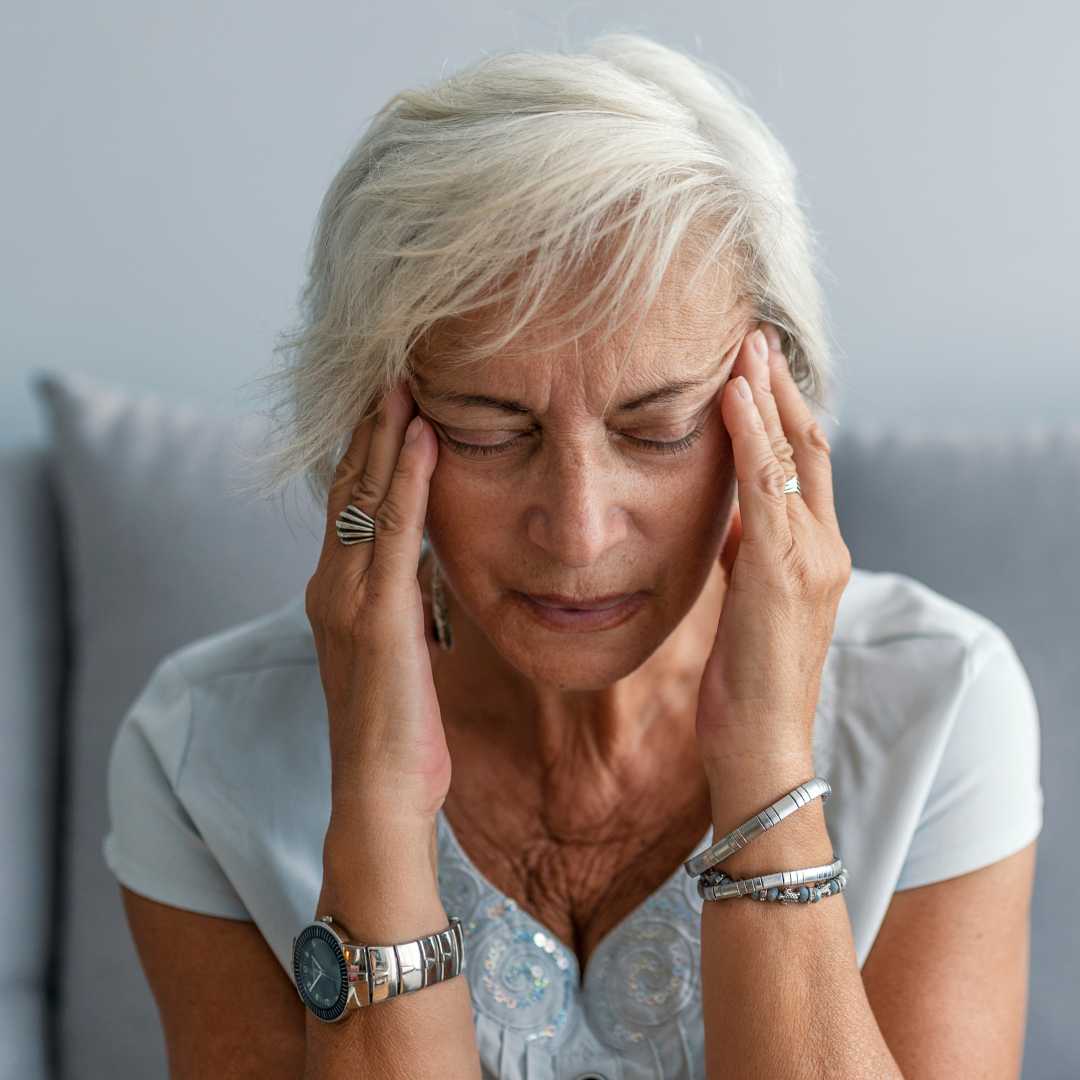
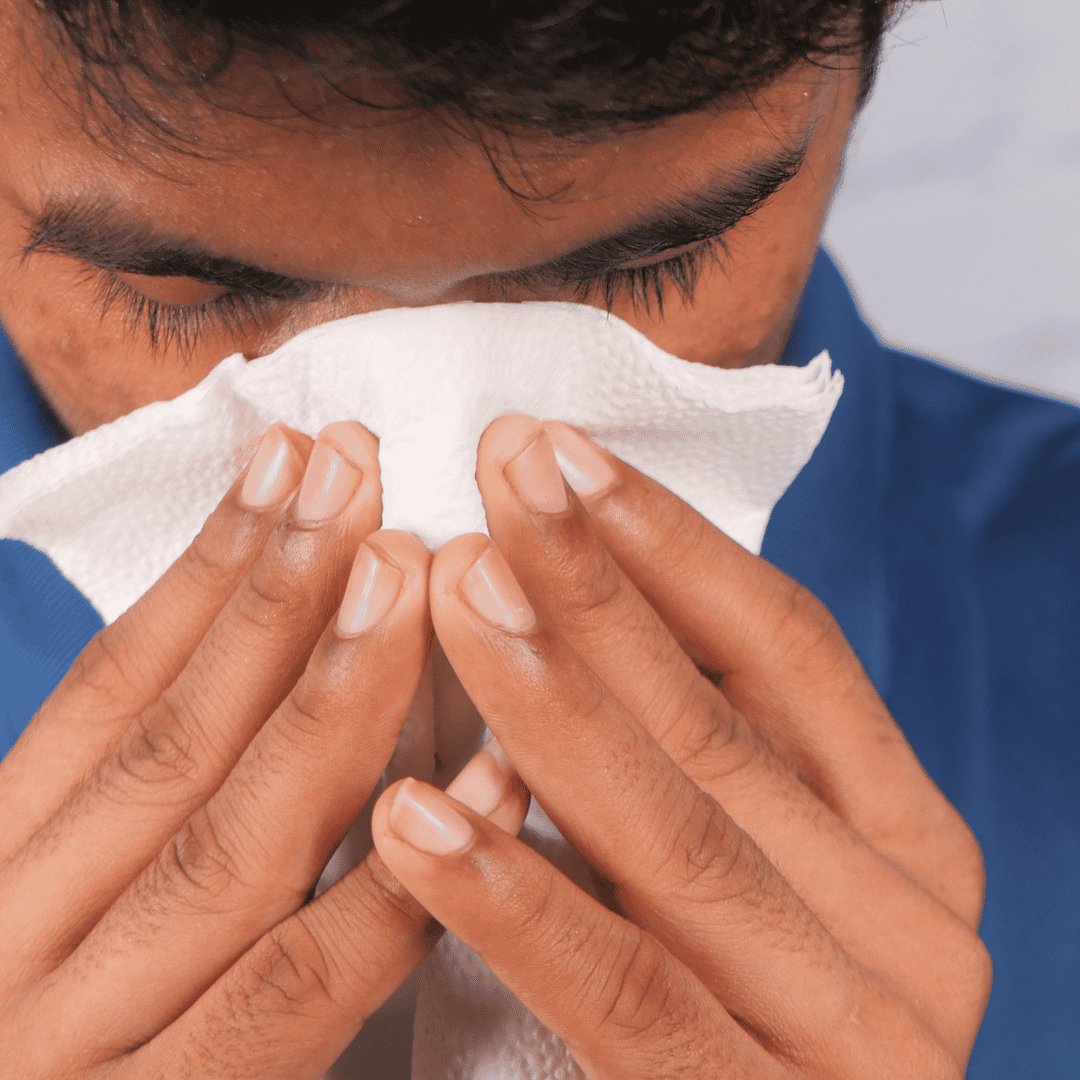
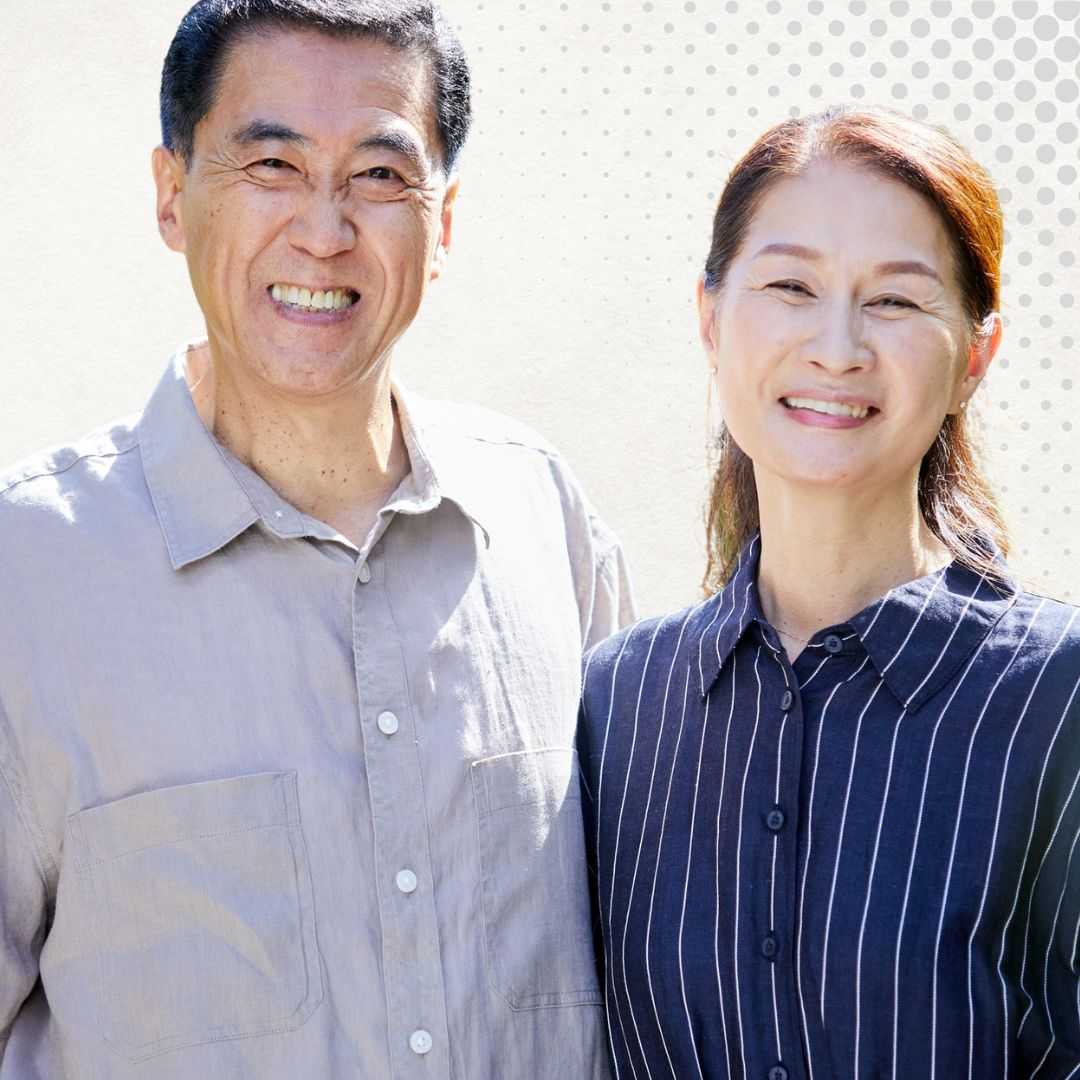


.png)
.png)
.png)
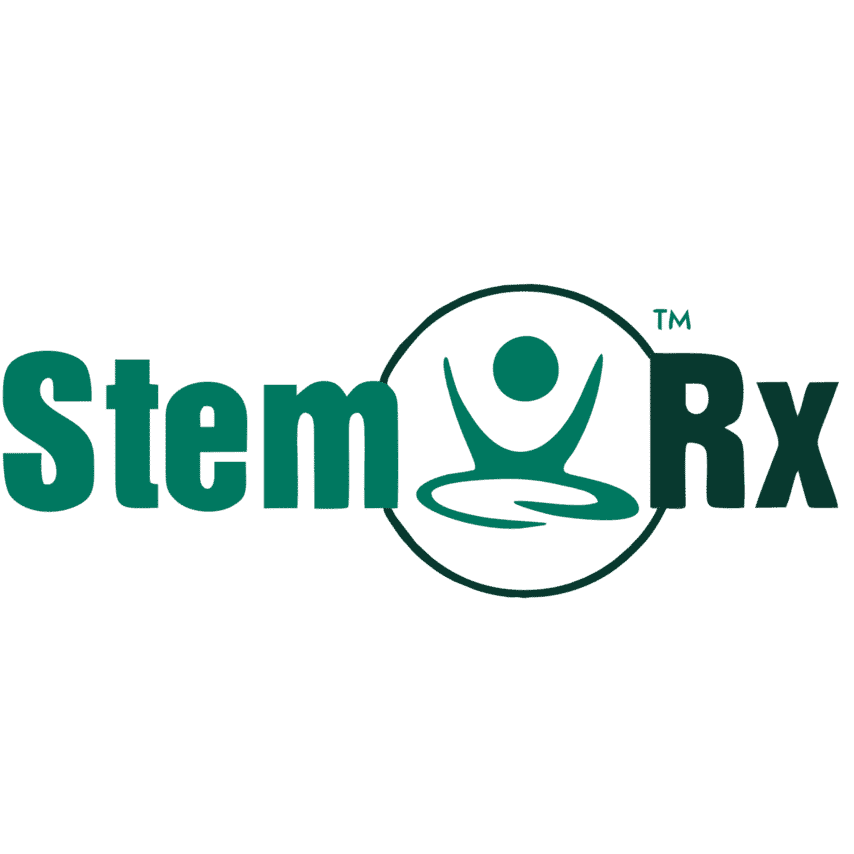
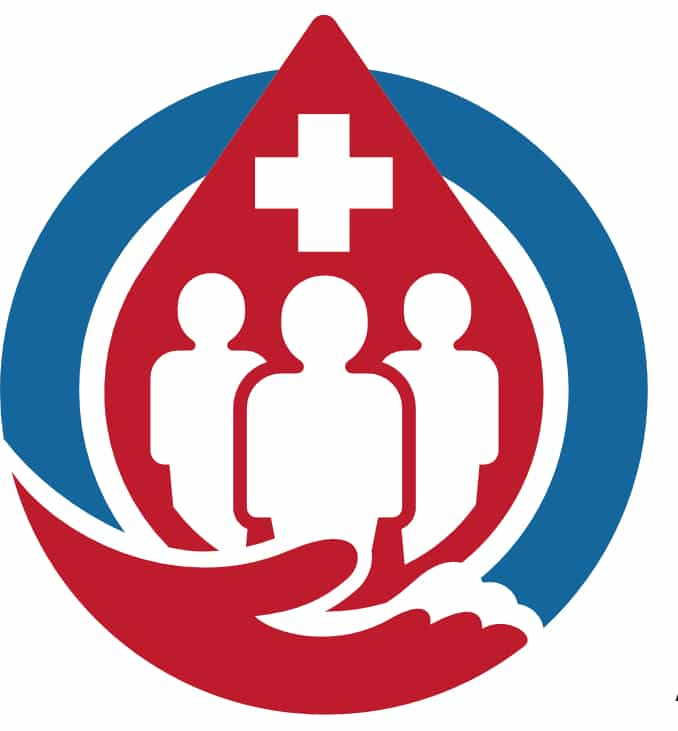

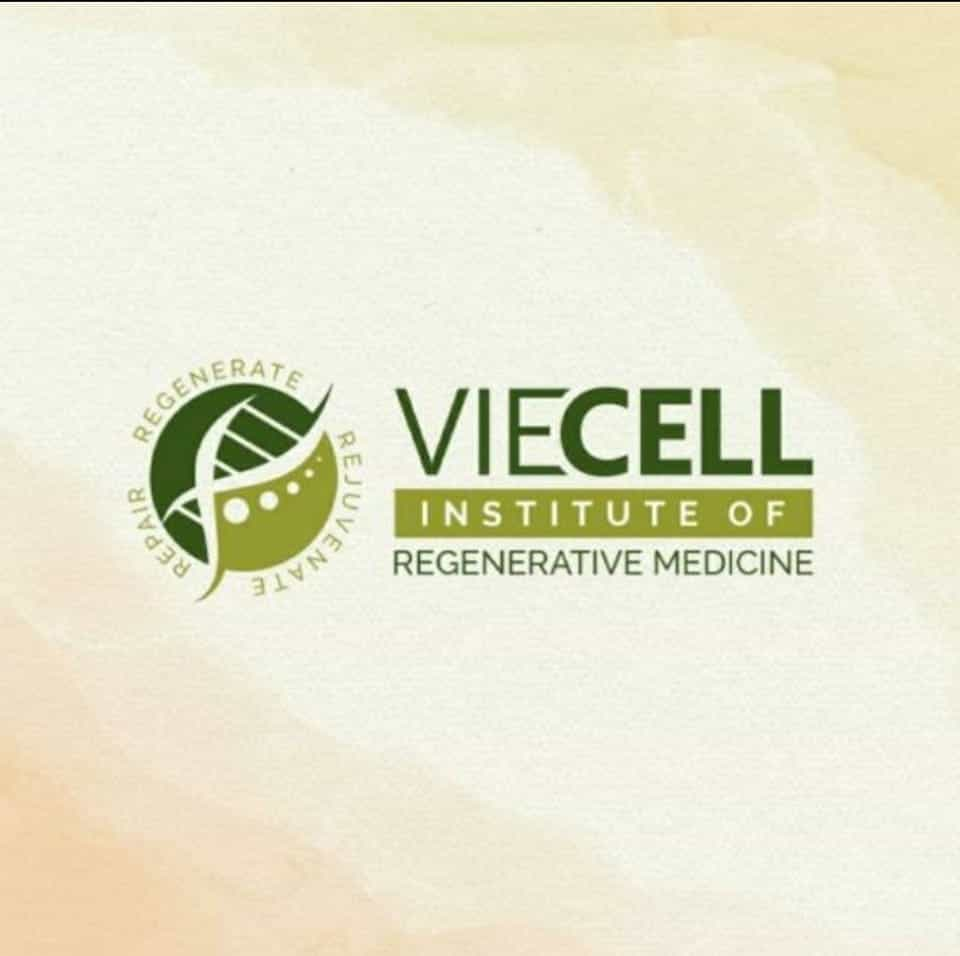


Share this listing